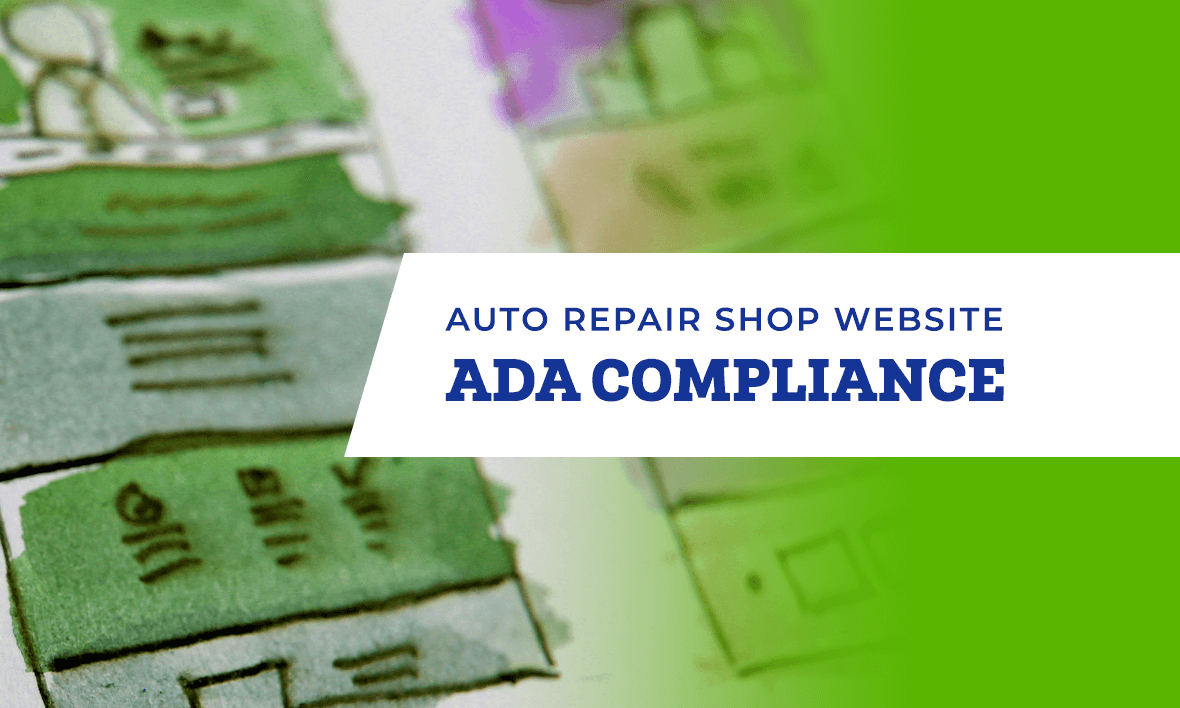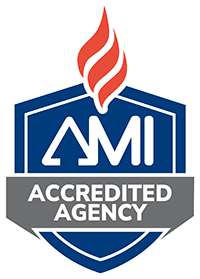More and more privately owned businesses have been the victims of ADA Title III compliance lawsuits than ever before, and a growing number of these lawsuits are due to lack of compliance on the business’ website.
It’s more important than ever that your auto repair shop’s website is compliant.
“But Brian, if someone is blind, they can’t drive and shouldn’t be looking at an auto repair shop website.”
That’s a common misconception. The thing is, ADA compliance on a website affects many more people than those who are blind. For example, someone who is colorblind can drive, but may have difficulty accessing your website. Or someone who has a handicap that won’t allow them to use a mouse may be able to drive, but if your website isn’t navigable by a keyboard, they may have difficulty using your website.
There are two main reasons you need to be sure to have an ADA compliant website.
- The number of lawsuits increasing means you’re much more likely to be sued.
- It’s just the right thing to do. 1 in 5 Americans have a handicap. 8.1 million Americans are visually impaired, 7.6 million Americans are hearing impaired, and 19.9 million Americans have mobility issues that may hinder them from using devices in traditional ways. It is widely believed that having access to the internet is a fundamental human right.
What makes a website ADA compliant?
There are over 100 factors to making a website ADA compliant. This can make it difficult, or even impossible to make your website 100% compliant, but the things that matter most can be narrowed down to the following 8 items.
- Skip navigation links
- Image alt text
- Proper heading structure
- Labels on form fields
- Contrasting colors
- Clear, easy to read fonts
- Descriptive link text
- Subtitles on videos
A skip navigation link is a link that is the first element on a webpage and allows the user to bypass the navigation. This allows a person using a screen reader to be able to skip directly to the content without having to tab through every link in the navigation before getting to the page content.
Image alt text is text that is appended to images in the code of a website that allows the screen reader to describe the image to the reader. Image alt text is often used for SEO purposes instead of accessibility purposes, and this creates a poor user experience. When using alt text for SEO, we may choose to label an image as “Atlanta GA auto repair” because that is a term we may want to rank for. In reality, we should be describing the image to the reader. We could more properly describe an image like “woman jump starting her car”, or even get the best of both worlds by using alt text like “woman jump starting her car needs to find an auto repair shop in Atlanta GA”
Proper heading structure uses the headings, H1 – H6, to create a hierarchy of content. This allows a user using a screen reader to jump from heading to heading without reading all of the sub-text. This way they can find what they are looking for and not have to read every word on the page.
Proper labeling of form fields allows a user to fill out a form without being able to see the form. In addition to having basic labels on the form fields, a form should have proper error messaging that will allow the user to understand what is happening when a form is not submitting properly.
Contrasting colors help those who are colorblind or who just cannot see very well to be able to read the page.
Clear, easy to read fonts help those who cannot see well to read the website.
Descriptive link text allows those using a screen reader to have a better understanding of where a link is going to take them. For example, a link that simply says “click here” does not tell the user where the link will take them or why they should click on it. But a link that says “click here to schedule service” tells the user exactly what they are doing by clicking the link.
Subtitles on videos allow those who are hearing impaired to watch and understand a video that they would not otherwise be able to. It has also become commonplace for people who do not have hearing impairments to watch videos, especially when on social media, without the sound turned on.
Where do I start with website ADA compliance?
A great place to start is by inspecting your website with the free tool at wave.webaim.org. This tool will point out most of the errors and alerts to you in an easy to use, visual interface.

About The Author



